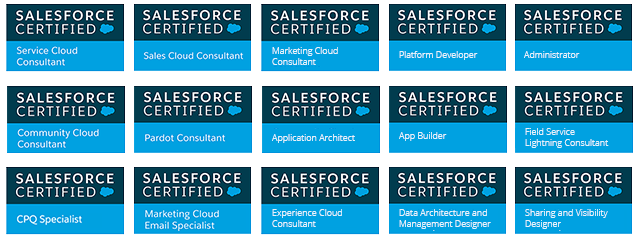Most people know about the power of salesforce.com for sales, but surprisingly, we have found that many executives are still learning how to leverage Salesforce in marketing departments. Too many organizations still use Excel to manually track marketing performance, when they have all the data they need to automate this task. The truth is that salesforce.com can be a very effective tool for tracking marketing campaigns from lead to close and for determining solid marketing ROI figures. It can really help you drill down into which marketing efforts are working, which need improvement, and which should be quietly euthanized.
How is this done? At West Coast Consulting group we suggest a number of best practices to achieve this goal.
In the first place, for each distinct marketing activity, we recommend that you set up a separate campaign in Salesforce. Depending on the type of activity, whether it’s paid search, a conference, social marketing or an email blast, you will set up different fields for tracking your metrics. You can combine separate marketing channels into an integrated campaign using the parent campaign functionality.
All incoming leads will be associated with your campaign and will allow you to seamlessly track them later on. The next step is to define the metrics that you want to use to measure the success of your campaign. Just like any important life goal (getting a job, climbing Everest or finding a romantic partner) it is best to begin with the outcome in mind and set up a dedicated campaign dashboard for each campaign. This usually includes metrics like:
- Number of incoming leads created
- Campaign leads by stage in the sales cycle
- Number of campaign leads owned by each sales rep
- Number of opportunities generated per campaign
- Pipeline resulting from each campaign
- And of course, revenue generated from your campaign
For automating your lead flow, you will provide your prospects with landing pages, where they can register for your content. To be able to seamlessly track registrants per campaign, you will use Salesforce’s web-to-lead functionality, which automatically updates your campaign with all the wonderful leads flowing into your system. You can then easily monitor and compare leads associated with your different marketing activities.
As your campaign launches, you will now be able to track the success of your marketing efforts in great detail. The Salesforce campaign and the lead source will continue to be associated with the opportunities your sales team creates, which allows you to measure exactly which campaign created the most leads, which leads converted, how much pipeline they produced and finally how much closed business your campaign generated for you.
So the mystery of marketing ROI can indeed be solved (or at least better understood). Your company’s marketing gurus will get their credit due! And you can clearly see the tangible results of every campaign so that you can learn from your mistakes, leverage your successes and generate more reward for all of your marketing efforts.
Watch this video and learn best practices for setting up your Salesforce marketing campaigns.
#Lightning #SalesforceLightning #ClassictoLightningMigration #SalesCloud #SalesforceImplementation



